
Starting a mini vegetable garden is fun and easy! First, pick a sunny spot where plants can grow strong. Use good soil that holds water but drains well. Add compost to make it rich.
Water plants regularly and check for bugs. Plant seeds or small plants based on your space. Keep a simple schedule to help your garden thrive. You can grow tomatoes, lettuce, or carrots in a small area.
Grow your own food with these tips! Choose a sunny corner in your yard or windowsill. Use containers or a small patch of dirt.
Plant easy veggies like radishes or peas. Water and care for them every few days. Watch your garden grow and enjoy fresh food! Start today and see your efforts pay off.
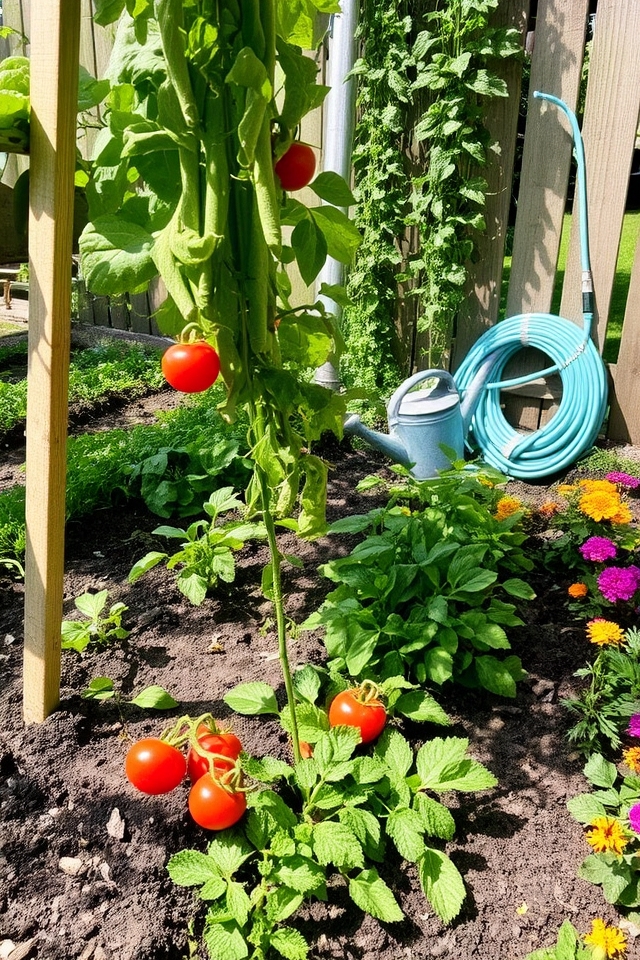
Choosing the right location for your mini vegetable garden is essential for its success. Look for an area that receives at least 6-8 hours of sunlight daily, as most vegetables thrive in bright light. Verify the spot has good drainage to prevent water logging, as this can harm plant roots. Additionally, consider proximity to a water source for easy irrigation and make sure it’s accessible for tending and harvesting your crops.
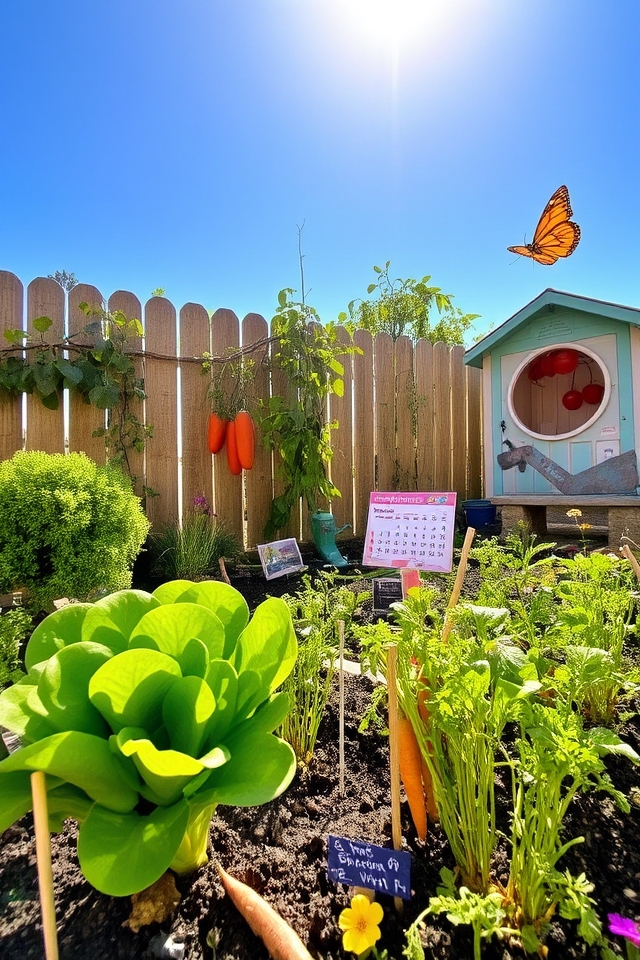
Understanding your growing zone is vital for successful gardening. This zone indicates the climate and temperature range of your area, helping you make informed decisions about which vegetables to plant. Each zone is categorized based on the average annual minimum winter temperature, which impacts plant hardiness. By identifying your zone, you can choose vegetables that thrive in your local conditions, ensuring a productive and rewarding mini vegetable garden.
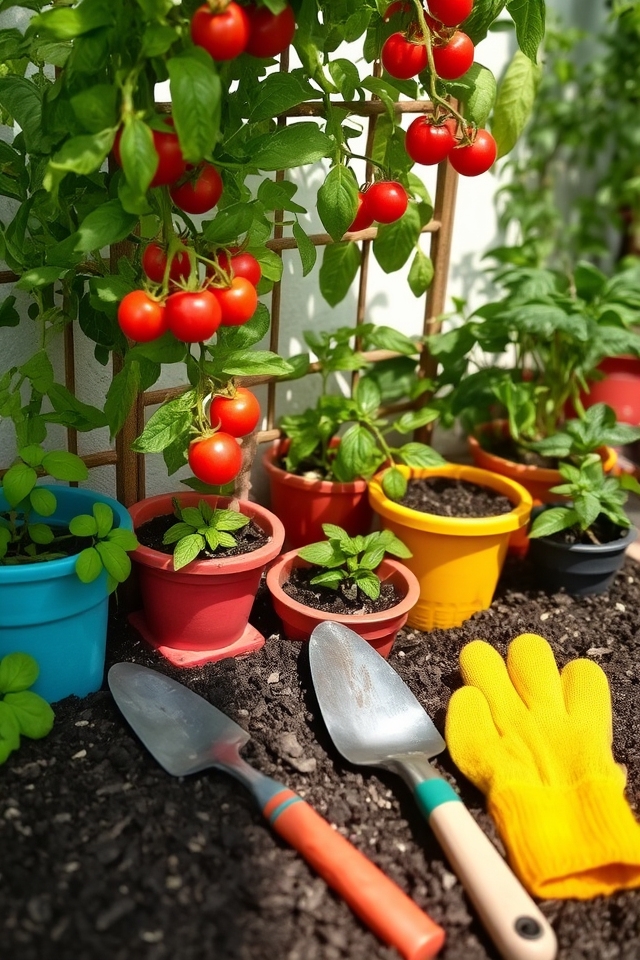
Starting small is the best approach for a mini vegetable garden, especially for beginners. Begin with a few containers or a small patch in your yard to manage your plants easily. Choose a handful of your favorite vegetables, such as tomatoes, peppers, or herbs, to cultivate. This manageable scale allows you to learn essential gardening skills without feeling overwhelmed, ensuring a rewarding experience as you watch your plants thrive and produce fresh, homegrown food.
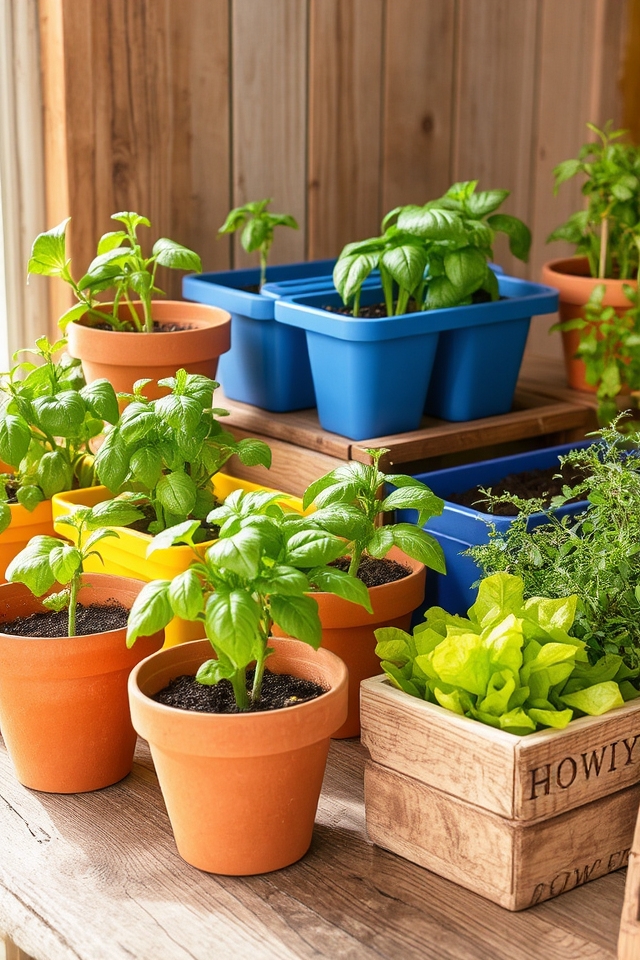
When starting a mini vegetable garden, selecting the right containers is essential for guaranteeing healthy plant growth. Choose containers that are at least 6-12 inches deep to accommodate root systems. Materials like terracotta, plastic, or wood are popular; consider drainage holes to prevent overwatering. Additionally, make sure that the containers have enough surface area for the vegetables you plan to grow, allowing for ideal sunlight and air circulation. Happy gardening!
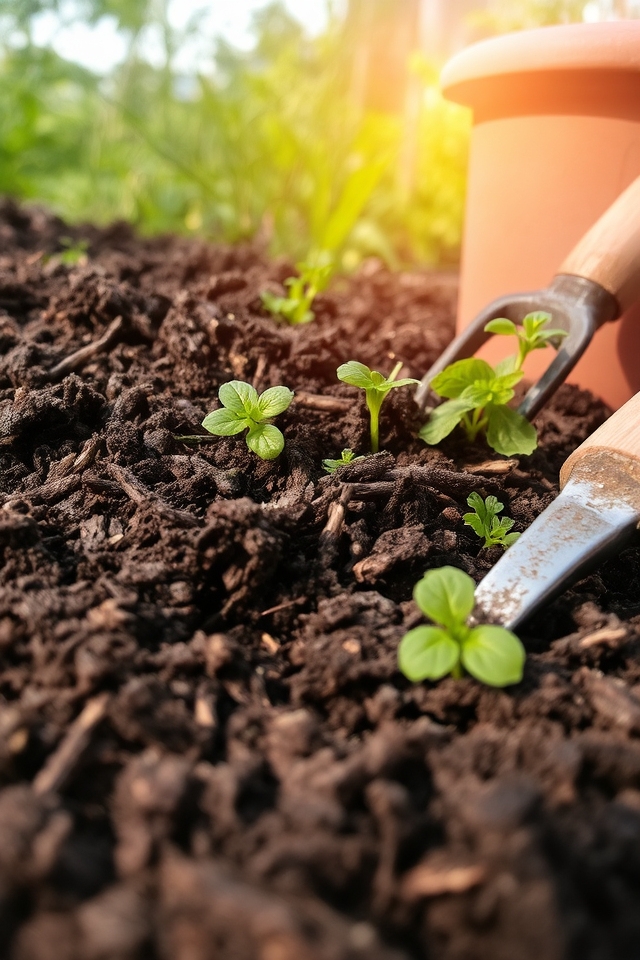
Using quality soil is vital for a successful mini vegetable garden. Good soil provides essential nutrients, improves drainage, and fosters healthy root development. Opt for a mix of compost, well-rotted manure, and garden soil to create a fertile environment. Test your soil’s pH and nutrient levels to guarantee they are suitable for the vegetables you plan to grow. Investing in quality soil will ultimately lead to a more productive and thriving garden.
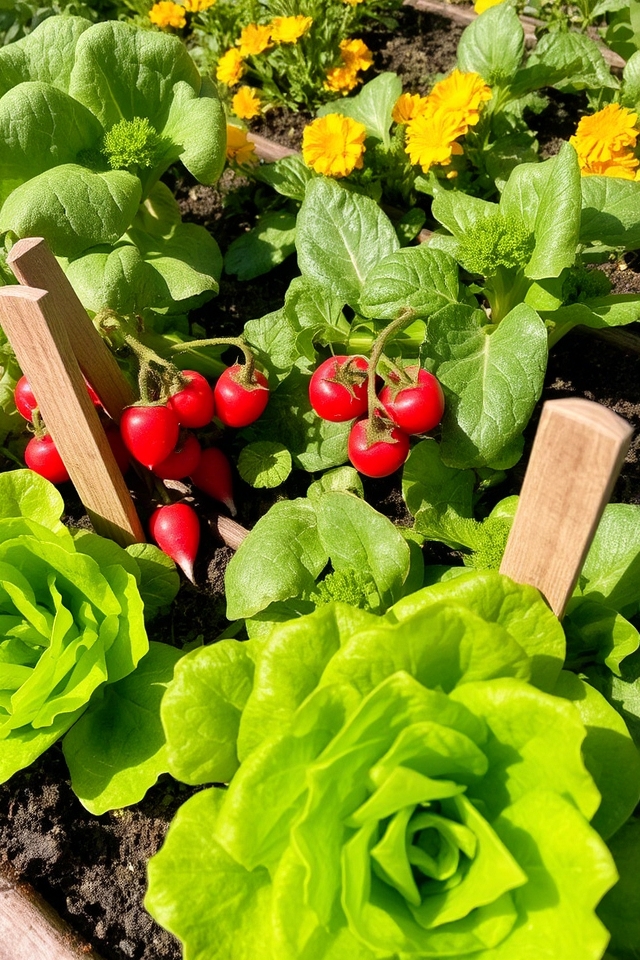
Choosing the right vegetables for your mini garden is essential for a successful harvest. Consider selecting varieties that thrive in your climate and suit your taste preferences. Fast-growing options like radishes, lettuce, and spinach are perfect for beginners, while tomatoes and peppers can add flavor to your dishes. Also, think about companion planting to maximize space and deter pests. By choosing wisely, you’ll create a productive garden that meets your culinary needs.
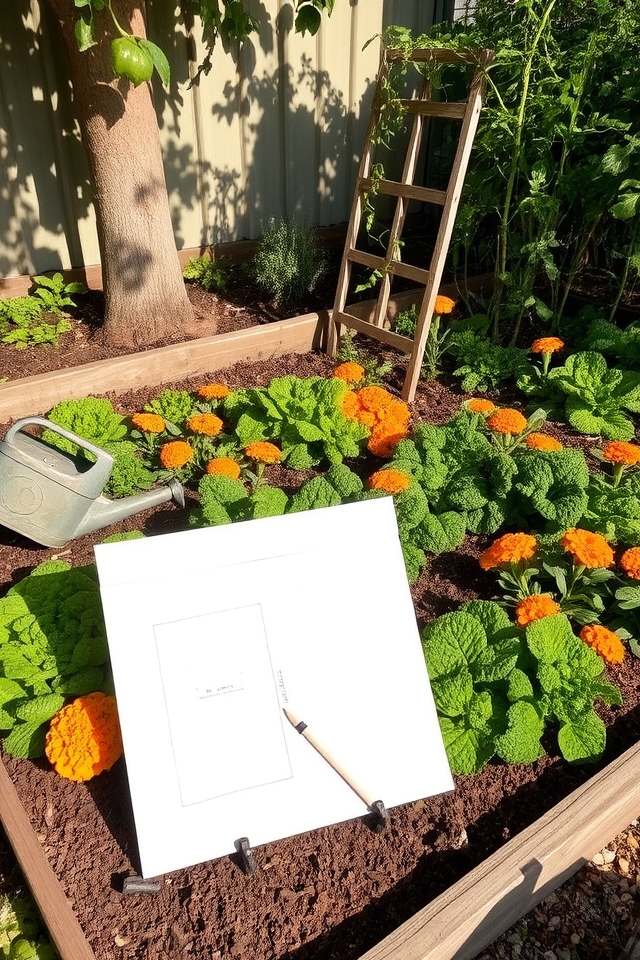
Planning your garden layout is an essential step in starting a mini vegetable garden. Begin by evaluating the space available, considering sunlight, water access, and soil quality. Sketch a simple design, allocating areas for different vegetables while factoring in their growth habits and spacing needs. Incorporate companion planting to maximize space and enhance plant health. A well-thought-out layout not only optimizes productivity but also creates an aesthetically pleasing garden that is easy to maintain.
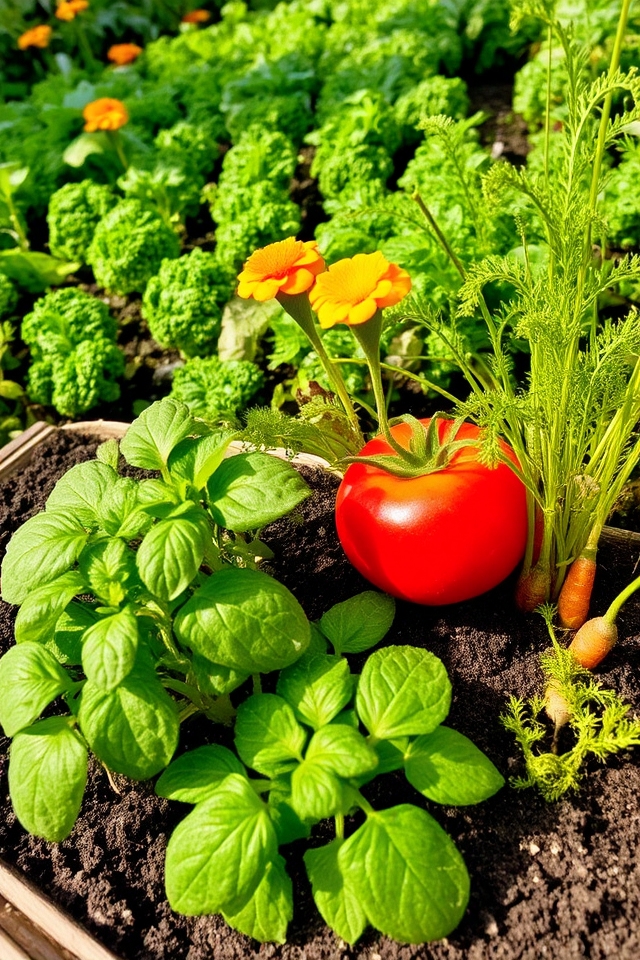
Companion planting is a useful strategy for enhancing the productivity and health of your mini vegetable garden. By planting compatible species together, you can promote beneficial relationships that deter pests, enhance growth, and improve flavor. For instance, pairing tomatoes with basil not only helps repel harmful insects but also boosts the tomato’s flavor. Consider researching which plants thrive together and plan your garden layout accordingly to maximize the benefits of these symbiotic relationships.
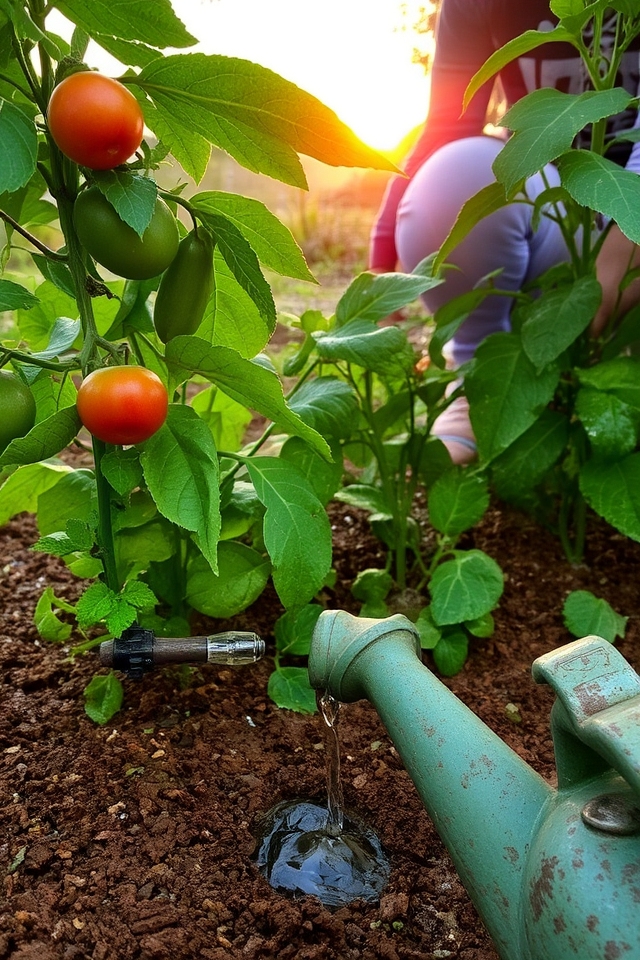
Watering wisely is essential for the success of your mini vegetable garden. Aim to water deeply but infrequently, ensuring that the soil remains consistently moist but not soggy. Early morning is the best time to water, as it allows plants to absorb moisture before the heat of the day. Use drip irrigation or a soaker hose to minimize evaporation and direct water at the roots. Pay attention to weather conditions and adjust your watering schedule accordingly to conserve water and promote healthy growth.
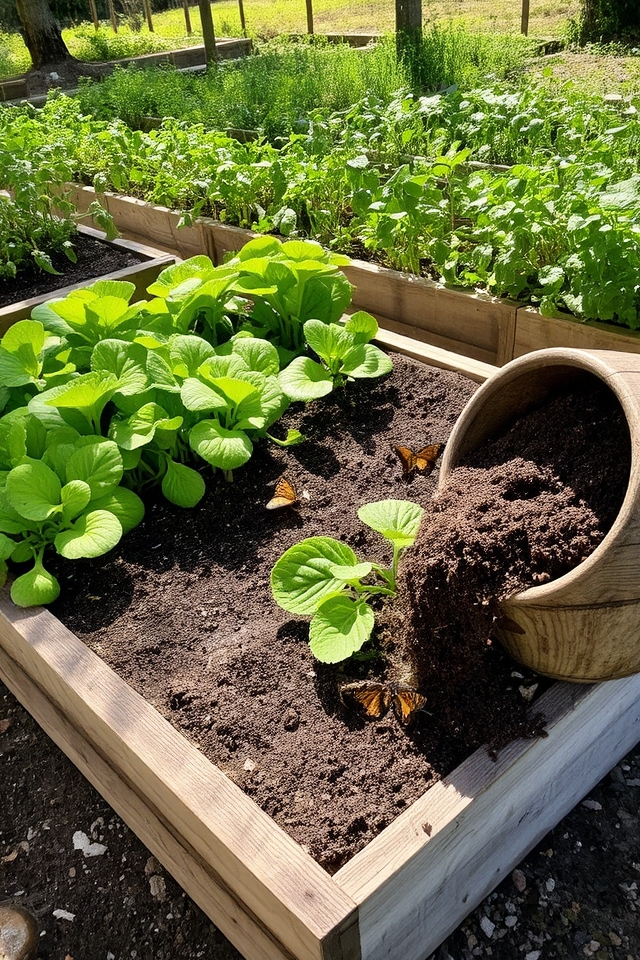
Using organic fertilizers in your mini vegetable garden is an excellent way to promote healthy plant growth while maintaining environmental sustainability. Organic options, such as compost, worm castings, and well-rotted manure, enrich the soil with essential nutrients and improve its structure. These natural fertilizers encourage beneficial microorganisms, enhance biodiversity, and reduce the risk of chemical runoff. Incorporating organic fertilizers not only supports robust vegetable production but also fosters a healthier garden ecosystem.
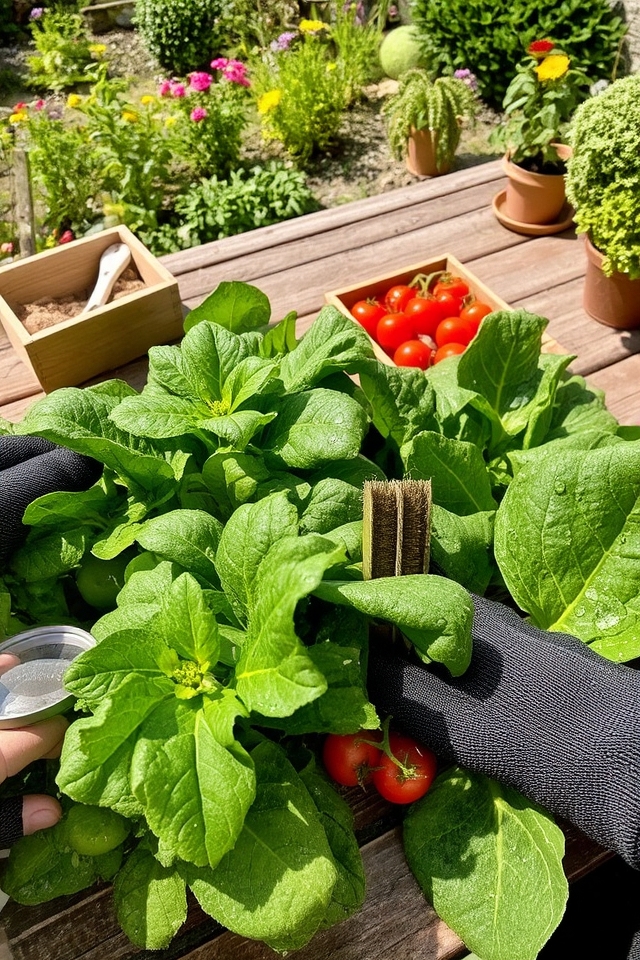
Monitoring for pests is essential in maintaining a healthy mini vegetable garden. Regularly inspect your plants for signs of damage, such as chewed leaves or discolored spots. Look under leaves and around the soil for any visible pests like aphids, snails, or spider mites. Establish a routine check, especially during warm months when pests are most active. Early detection can prevent infestations and protect your plants, ensuring a thriving garden.
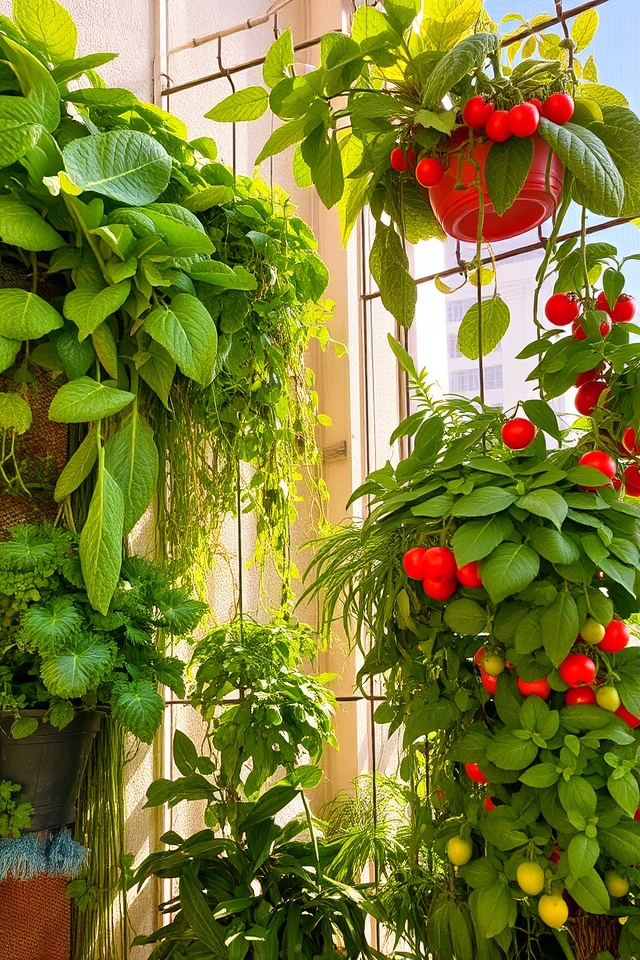
Utilizing vertical gardening is an excellent way to maximize space in a mini vegetable garden, especially in urban settings. By implementing trellises, wall planters, or vertical racks, you can grow a wider variety of vegetables in limited areas. This method not only saves space but also improves air circulation and sunlight exposure for plants, leading to healthier growth. Additionally, it adds visual interest to your garden while making harvesting easier and more efficient.
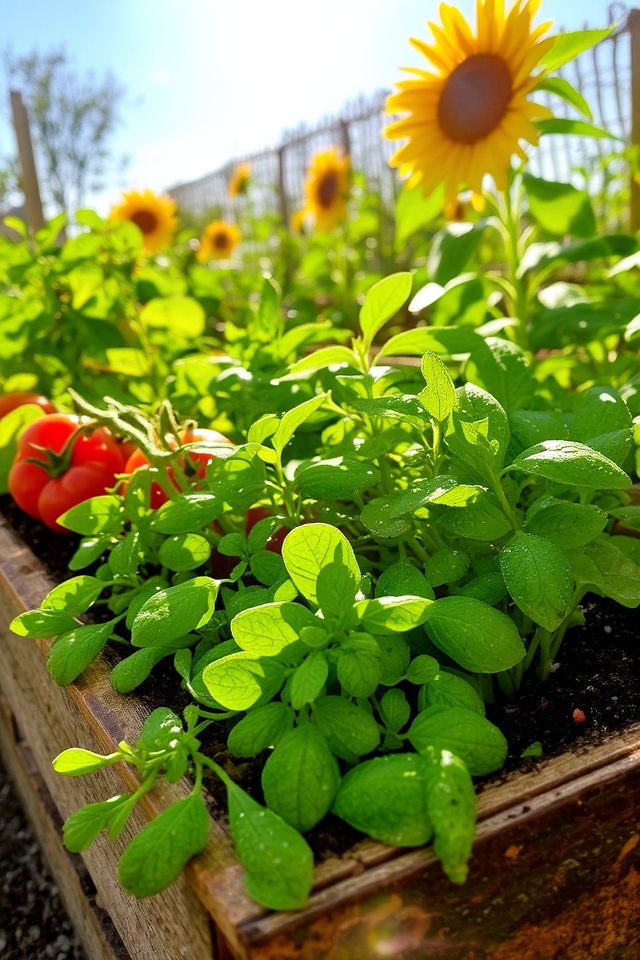
When starting a mini vegetable garden, understanding sunlight requirements is essential for healthy plant growth. Most vegetables thrive in full sun, which means they need at least 6-8 hours of direct sunlight each day. Position your garden in a spot that receives ample light, avoiding shaded areas from trees, buildings, or fences. Proper sunlight will enhance photosynthesis, leading to robust plants and bountiful harvests, ensuring your mini garden flourishes and yields fresh produce.
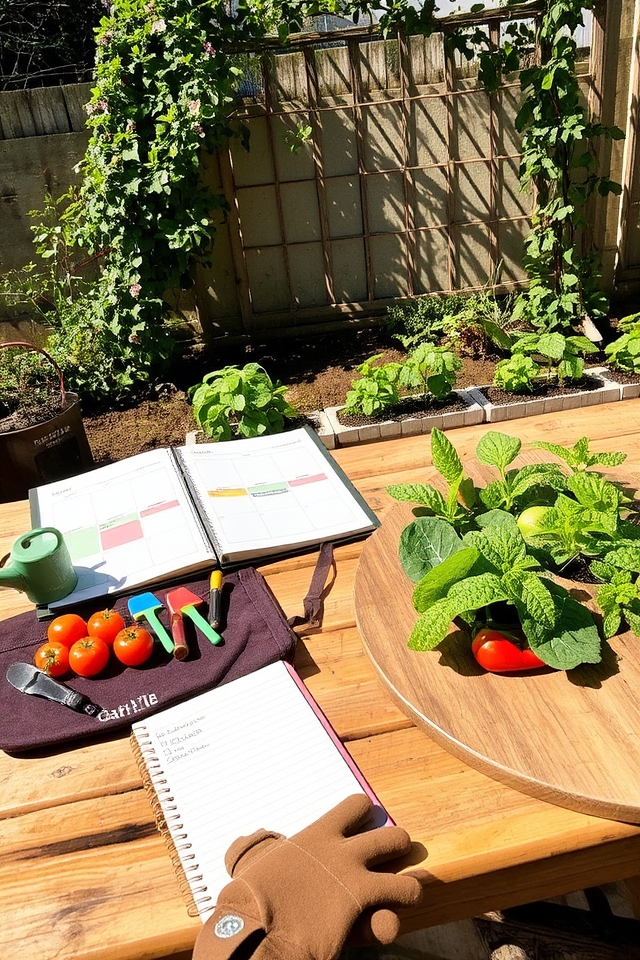
Creating a maintenance schedule for your mini vegetable garden is essential for ensuring healthy plants and a fruitful harvest. Begin by outlining tasks such as watering, weeding, fertilizing, and pest control, assigning specific days for each activity. Regularly check for signs of disease or pests and adjust your schedule as needed based on the growth and conditions of your garden. Consistency in maintenance helps maximize yield and keeps your garden thriving throughout the growing season.
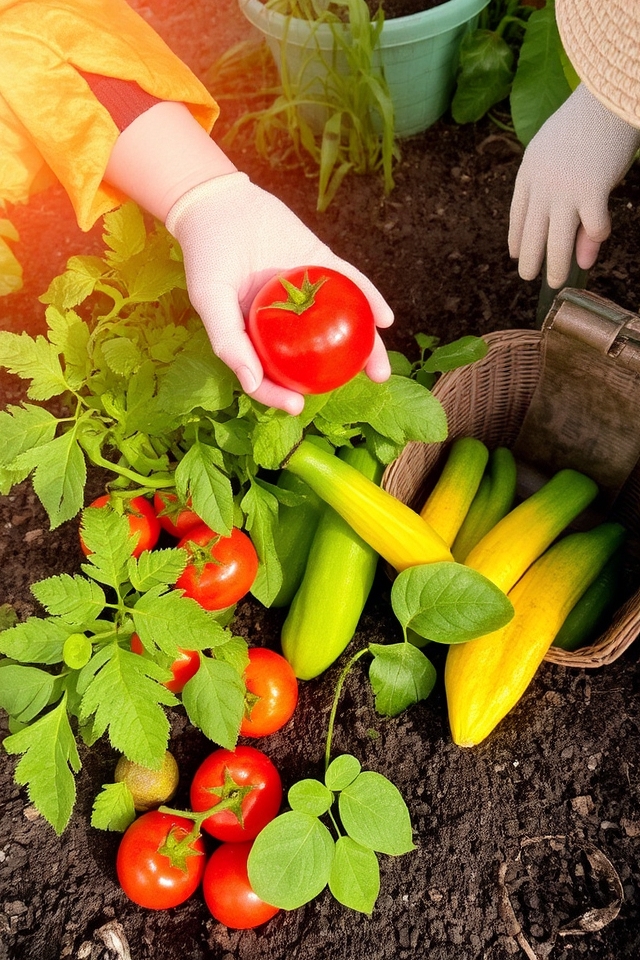
Harvesting your vegetables regularly is essential for maintaining a productive mini garden. When you pick ripe produce, it encourages the plants to continue producing, leading to a bountiful yield throughout the growing season. Check plants frequently for readiness and guarantee you harvest in the morning or late afternoon when temperatures are cooler to preserve freshness. Additionally, trimming away overripe or damaged fruits can help prevent pests and diseases from affecting your garden. Happy harvesting!
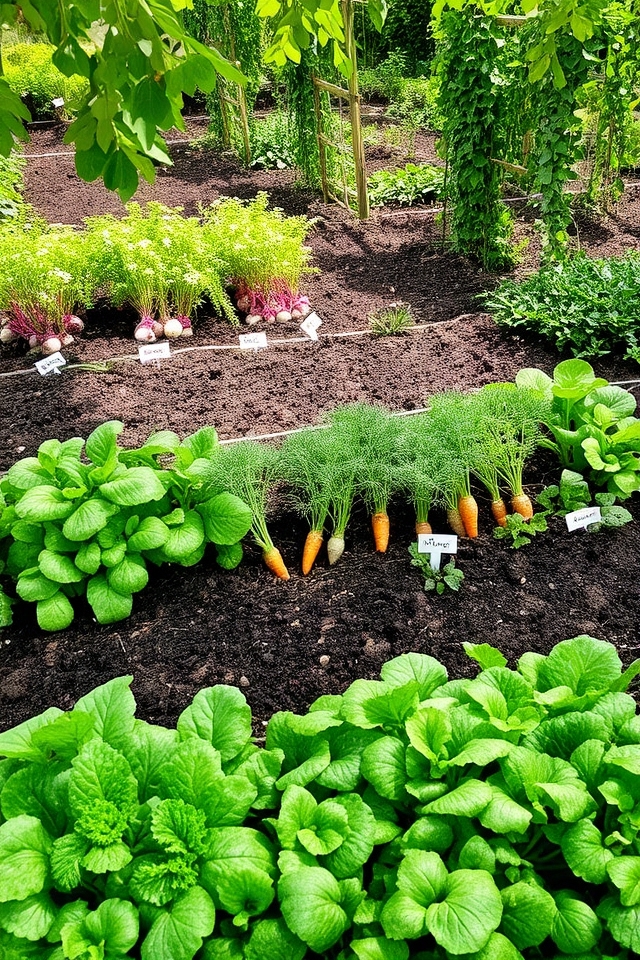
Rotating your crops is an essential practice in maintaining a healthy mini vegetable garden. By changing the location of specific crops each growing season, you can prevent soil depletion and reduce the risk of pests and diseases that thrive in constant conditions. For instance, following nitrogen-fixing legumes with leafy greens can enhance soil fertility. Additionally, diverse planting helps balance nutrient usage, ensuring a vibrant and productive garden year after year.
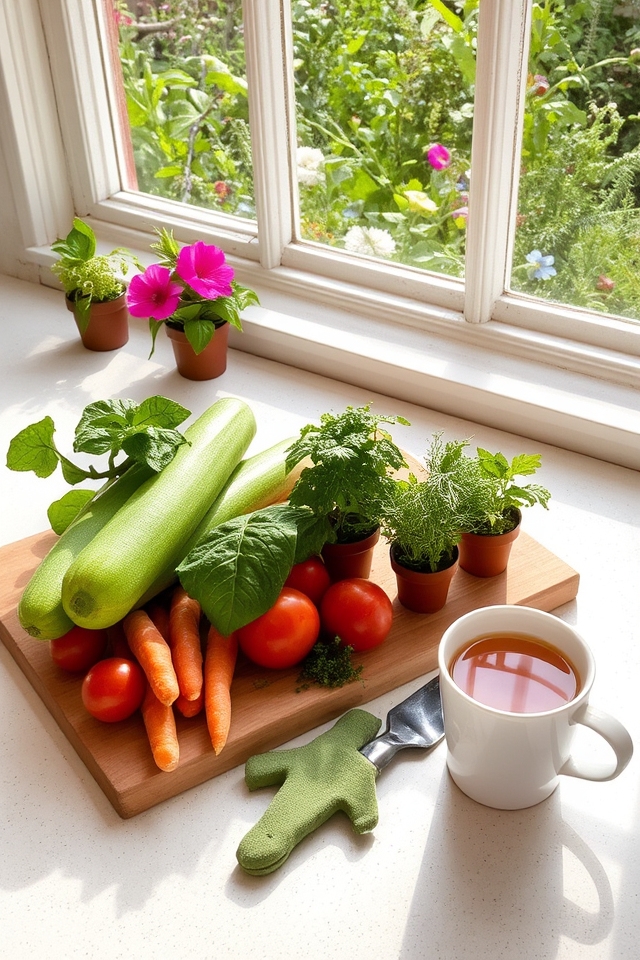
Enjoying the process of starting a mini vegetable garden is just as rewarding as harvesting the produce itself. Take time to learn about each plant’s needs, engage with nature, and appreciate the small victories along the way, whether it’s watching seedlings sprout or successfully combating pests. Gardening can be a therapeutic and fulfilling journey, providing opportunities for creativity, patience, and mindfulness. Embrace the joy of nurturing your plants and the connection they foster with the earth.
So, you’re ready to plunge into your mini vegetable garden, armed with expert tips and enthusiastic anticipation. Ironically, while you may start this journey to harvest fresh produce, the real rewards come from the lessons learned and time spent nurturing your plants. Watch as your efforts transform mere soil into a thriving ecosystem. With every sprout and blossom, you’ll realize that the joy isn’t just in the vegetables but in the serenity of the process itself.

Don't let aphids, slugs, and caterpillars ruin another plant. Take back control with simple, natural methods that actually work.